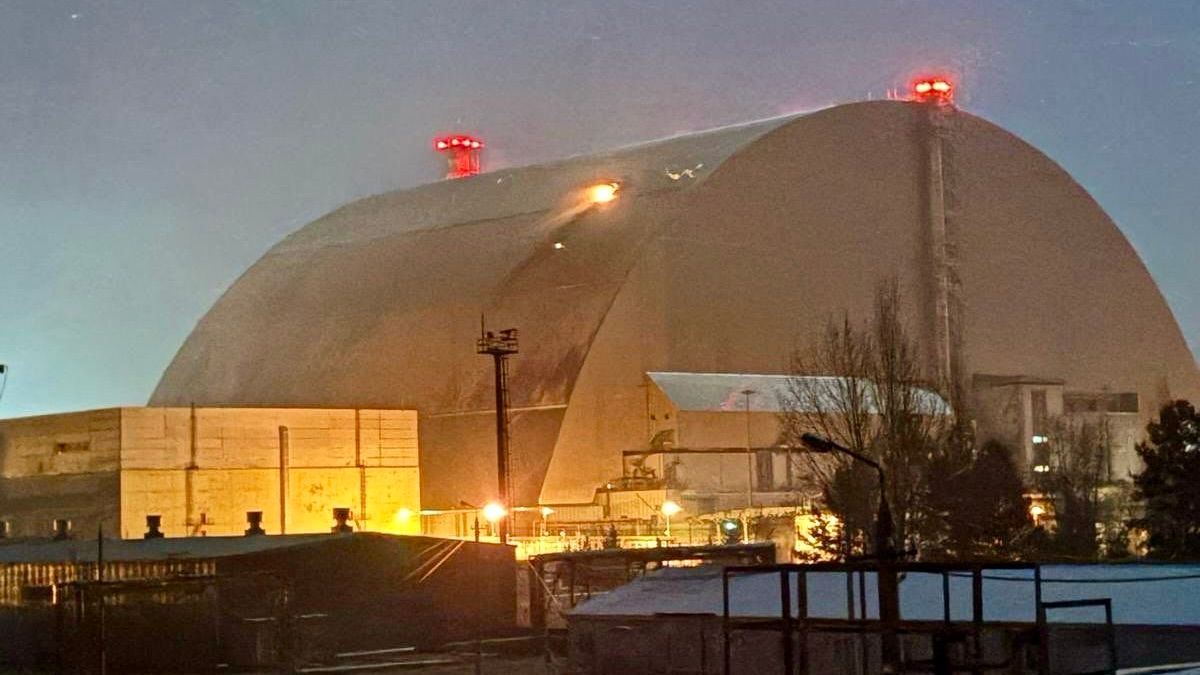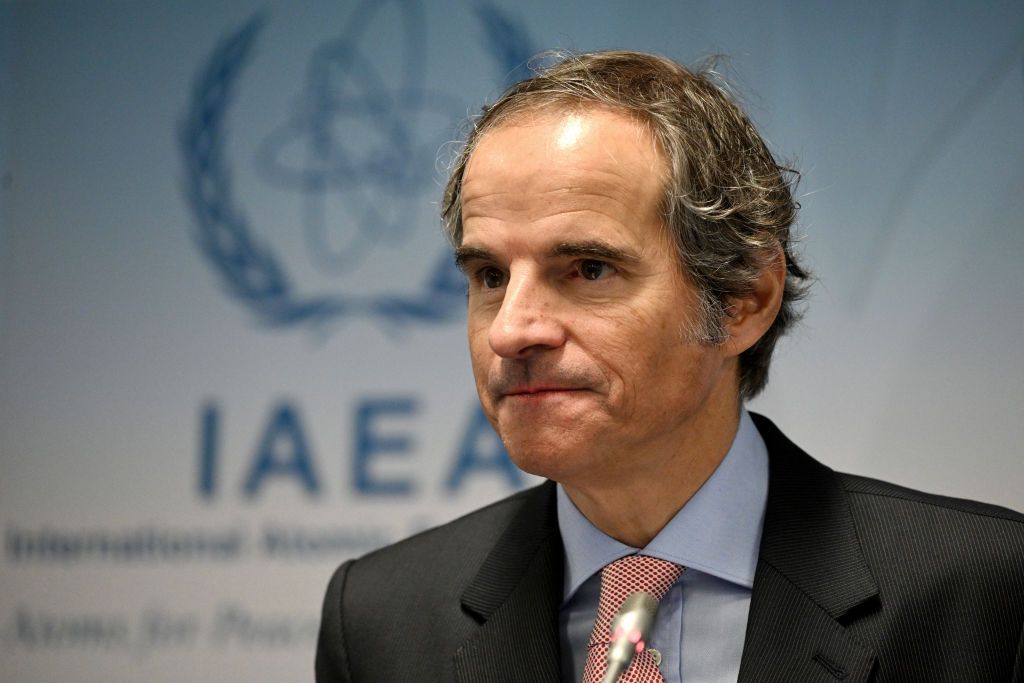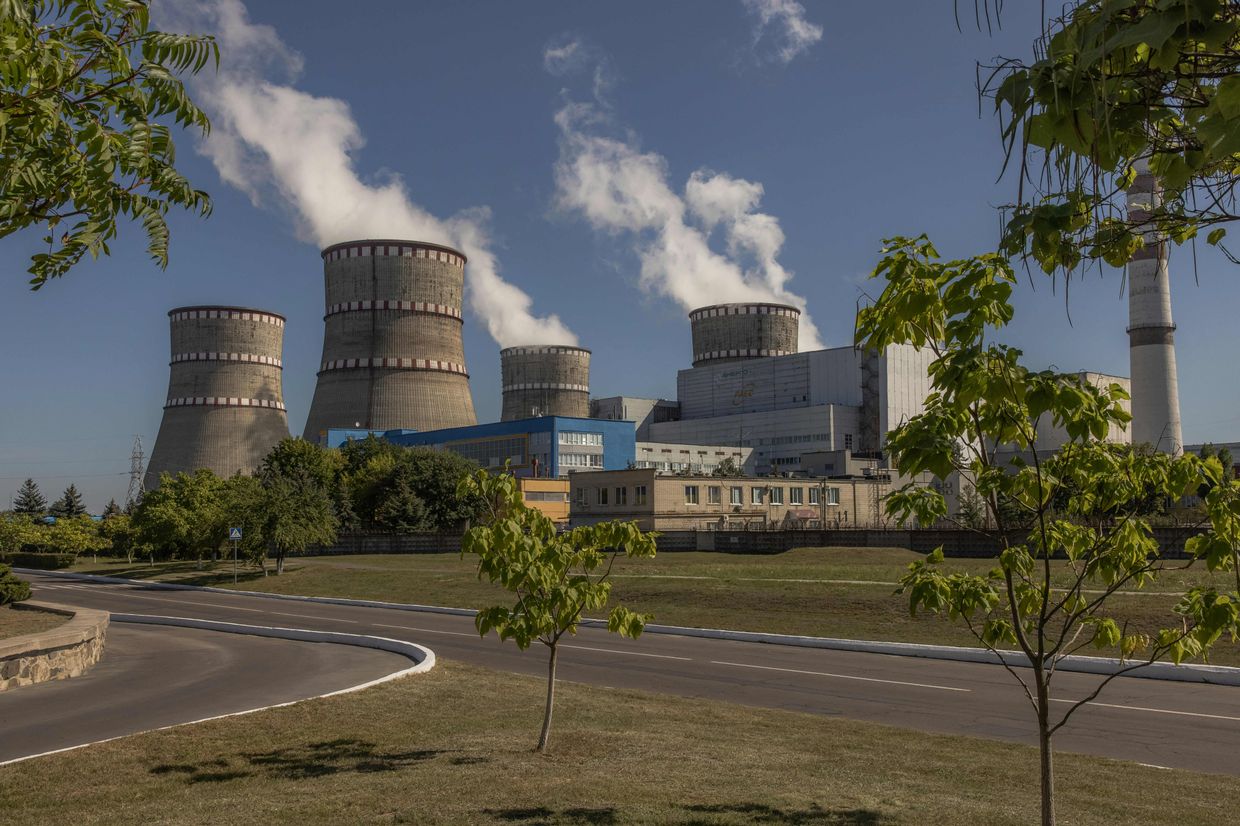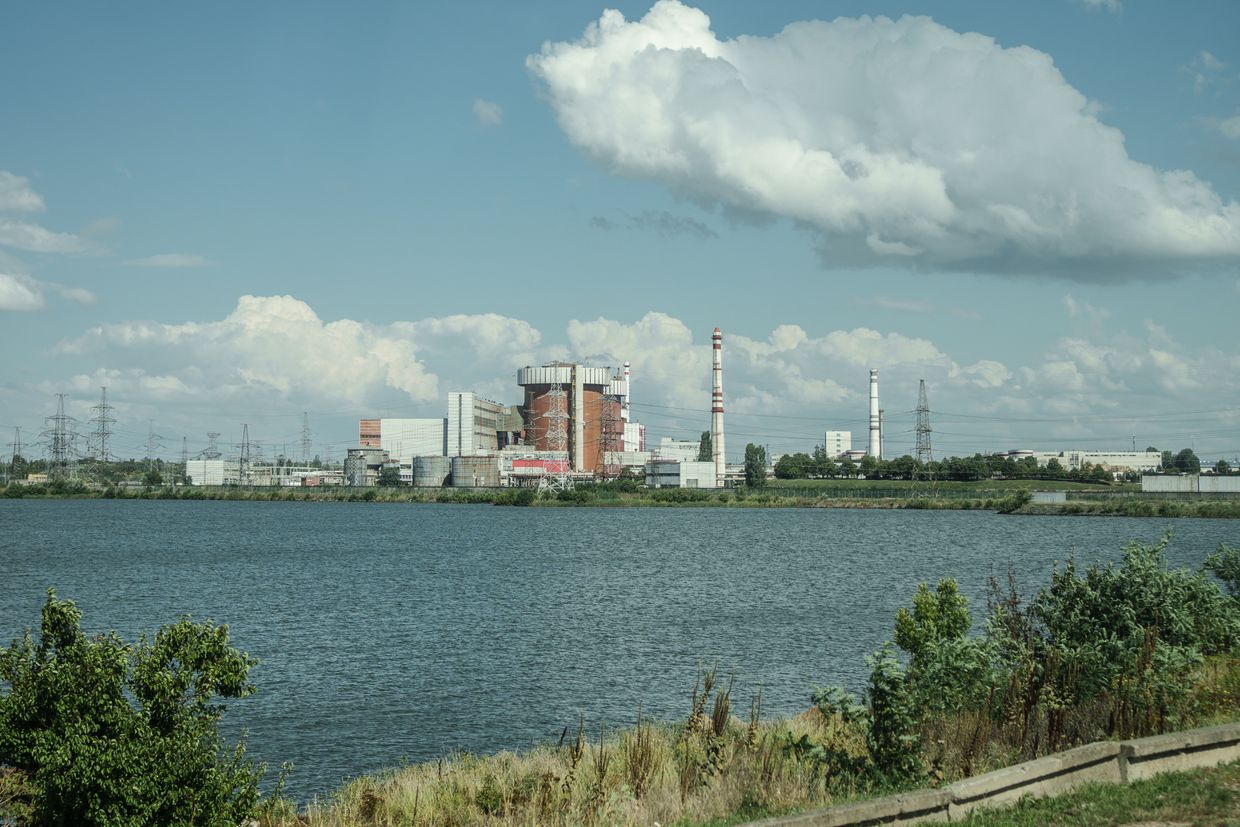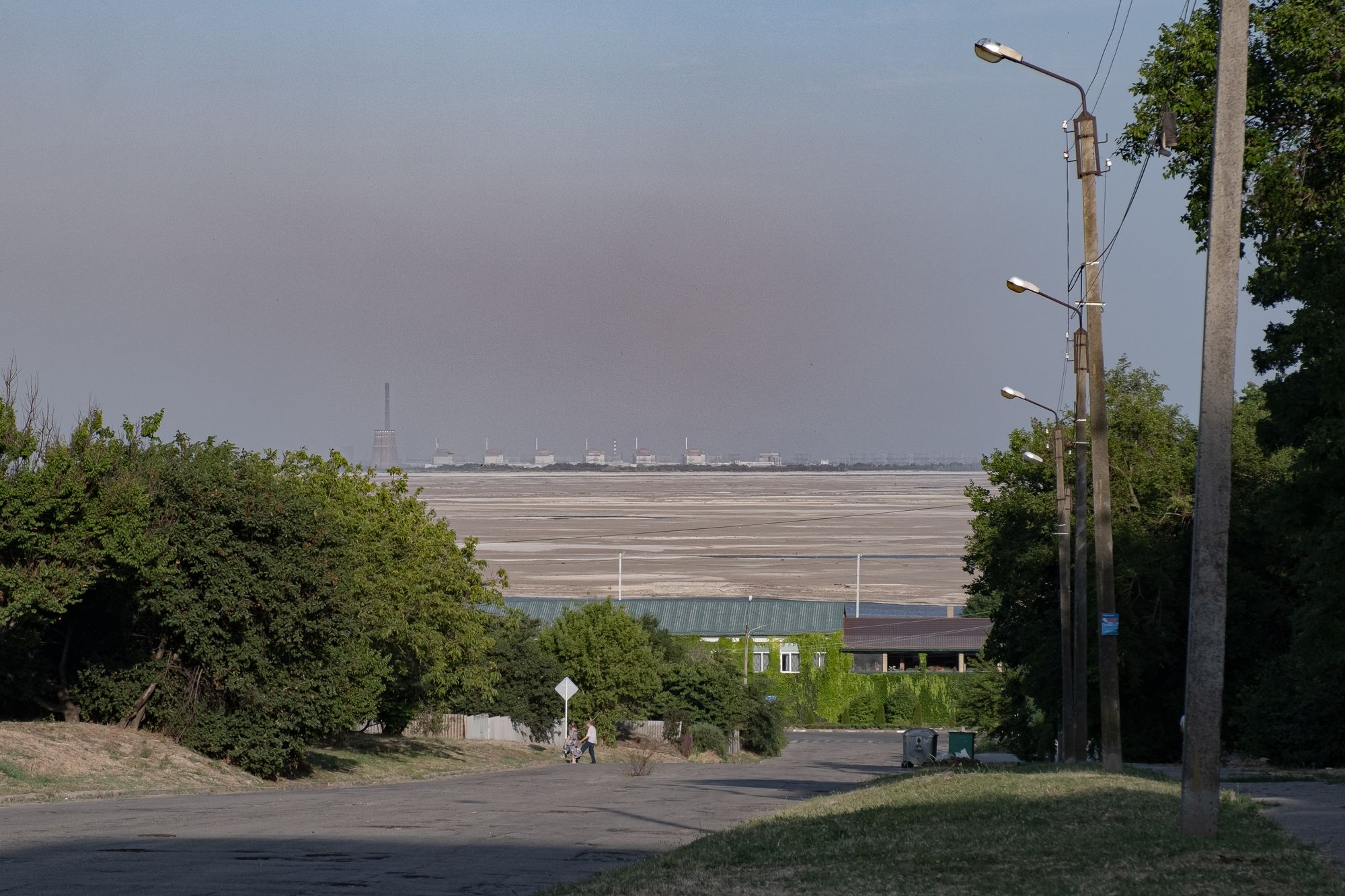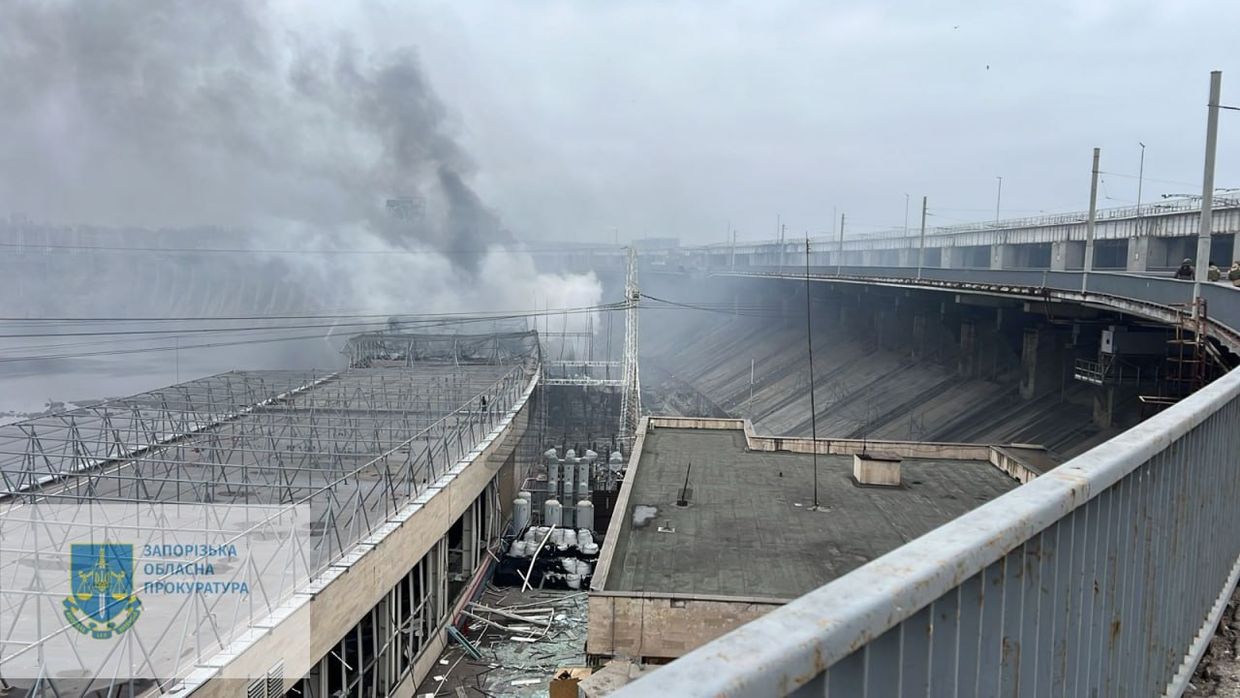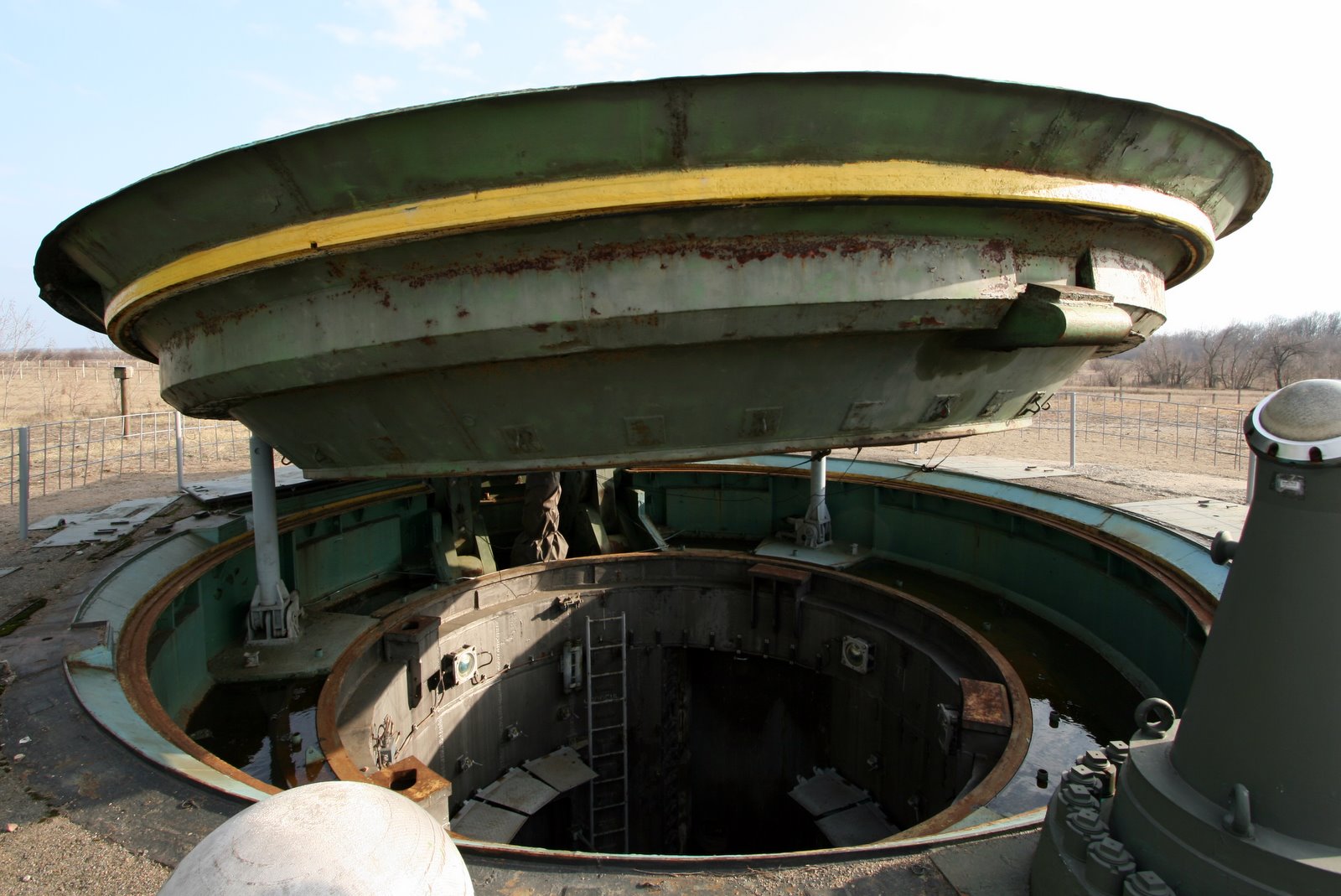
Ukraine works to repair Chornobyl containment structure damaged in Russian drone strike
"We, of course, need to restore the 'arch' so that there are no leaks under any circumstances because ensuring nuclear and radiation safety is the main task," Environment Minister Svitlana Hrynchuk said on April 12.



